Eseménynaptár - 2024. április
H
K
SZ
CS
P
SZ
V
április 1. hétfő
április 2. kedd
április 3. szerda
április 4. csütörtök
április 5. péntek
április 6. szombat
április 7. vasárnap
április 8. hétfő
április 9. kedd
április 10. szerda
április 11. csütörtök
április 12. péntek
április 13. szombat
április 14. vasárnap
április 15. hétfő
április 16. kedd
április 17. szerda
április 18. csütörtök
április 19. péntek
április 20. szombat
április 21. vasárnap
április 22. hétfő
április 23. kedd
április 24. szerda
április 25. csütörtök
április 26. péntek
április 27. szombat
április 28. vasárnap
április 29. hétfő
április 30. kedd
május 1. szerda
május 2. csütörtök
május 3. péntek
május 4. szombat
május 5. vasárnap
május 6. hétfő
május 7. kedd
május 8. szerda
május 9. csütörtök
május 10. péntek





